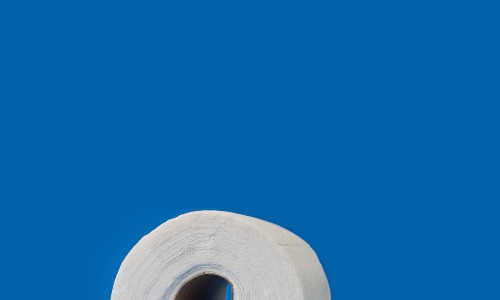Laptop Motherboard Components Explained
In this article, we will be talking about a common desktop motherboards replacement that we see on websites and reviews. Replacing a laptop motherboard with another is never worth it unless one is a masochistic masochist or happens to possess tons of free time. The same applies for a computer to replace a solid state hard drive (SSD) with a SSD-based internal hard drive. Now, there are some people who can just swap out an internal hard drive within a matter of minutes (just like a desktop computer), but then again, that means using up an exact identical hard disk (due to OS X’s file allocation mechanisms). With a laptop, the only thing that changes is the portability factor – the LCD or projector attached to the laptop needs to still be connected to the same VGA/DVI output, meaning the old graphics card will need to be replaced.

With so many choices available, we thought it’d be helpful to compare the best desktop computer motherboards to laptops. For starters, let’s start out by considering the physical size of the laptop and compare the different components that go into making a laptop motherboard compared to a desktop computer. Note that although the external casing of some laptops to make them look like smaller computers than they really are, they actually have the same dimensions as a standard desktop computer – the difference is only in their casing. Laptops use less powerful processors and therefore require lower-end motherboards with fewer components.
It should come as no surprise that the two systems share many components. The laptop motherboard and the compute system share components such as the PC speaker/headphone jack, the card reader, the PC board, the optical storage / digital camera, the PC monitor, the USB ports and the windows key. The hard drive also shares components with the laptop motherboard including the hard disk, the CD drive, the floppy drive, the motherboard, the USB ports, the video port and the power brick.
All these components connect through slots to the mainboard and the PC. The reason why an individual must replace the desktop motherboard when replacing the laptop motherboard is because it is difficult for the laptop motherboard to accept and use the original equipment manufacturer’s (OEM) plugs. A non-OEM plug will likely not fit correctly and could possibly damage the computer. Most OEM components have their own sockets that are much easier to install and use.
One thing to note about the laptop motherboard compared to a traditional desktop computer is that it does not contain a RAM or a processor. This is unlike a traditional desktop where the CPU (personal computer) and the RAM are installed permanently within the machine. Since an individual cannot upgrade the RAM or the CPU unless replacing the entire computer, the laptop motherboard becomes an unwanted component that often must be replaced. As an alternative to the non-OEM laptop motherboards, there are many after-market manufacturers that have customized and branded chipsets that can be used in conjunction with existing laptop motherboard components.
The expansion slots on a desktop motherboard are usually positioned directly underneath the memory slots and the graphics card slots. On the other hand, the expansion slots of the laptop motherboard are placed above the card slots and the USB ports. An individual may have difficulty installing non-OEM laptop motherboards and the additional components that they need if they have never bought an individual desktop before. Often individuals who are upgrading their desktop computer will add new RAM and new sound cards and install new video cards and other types of components such as fans. If this is the first time that this has been done, it could require that the user replace the existing desktop motherboard with one of the after-market alternatives.






